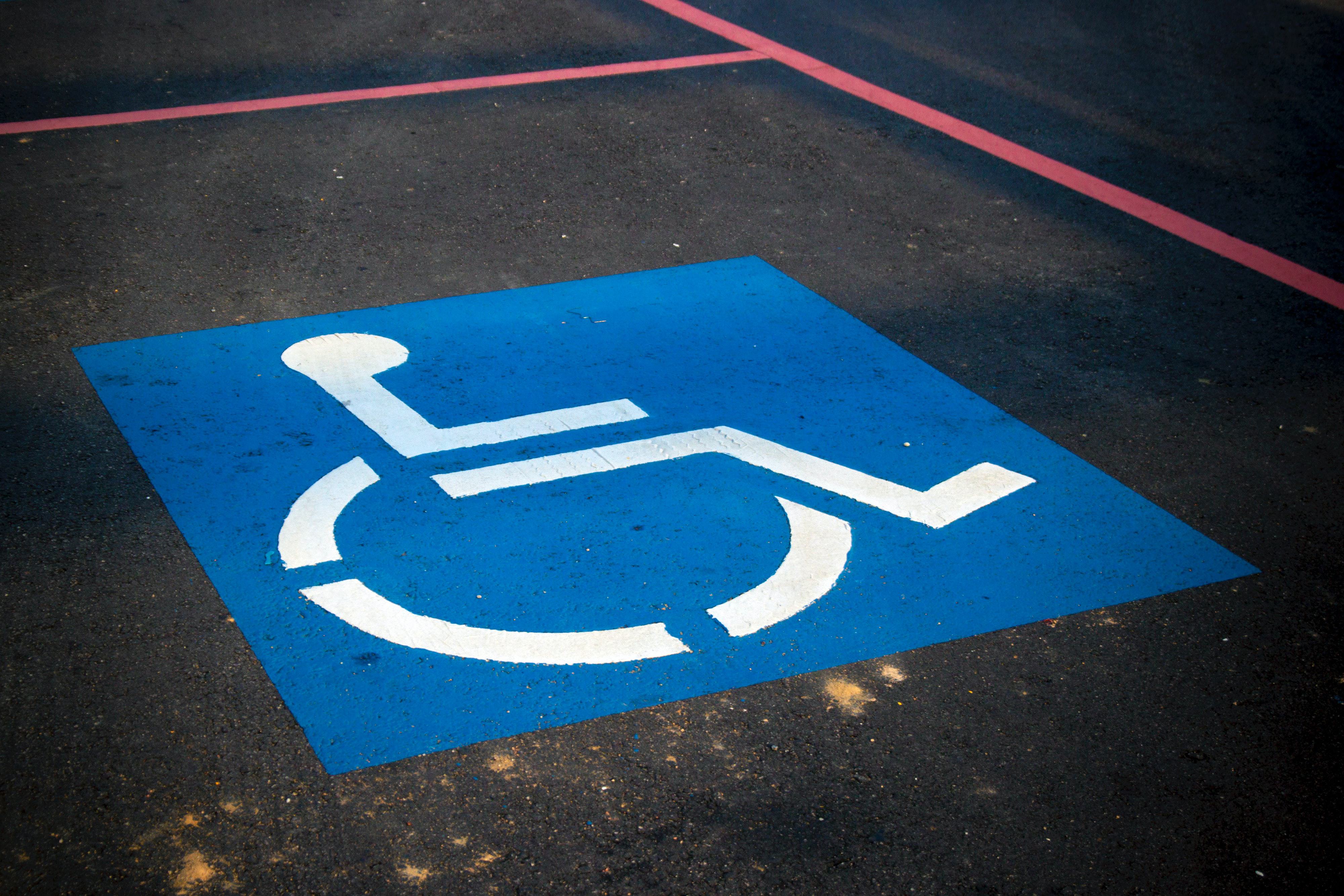Use a toll tag
The motorway networks in France, Spain and Portugal all have toll routes. Toll roads have many benefits for road trippers, both abled and disabled, including efficiency and safety. However, tolls can cause problems for British motorists in France, Spain or Portugal because all three countries drive on the right-hand side. In turn, toll booths will be on the left – i.e. the other side of a British driver’s seat. This is especially problematic if you’re physically disabled and travelling alone. You’ll either have to lean right across the passenger seat or get out of the car to access the collection basket or booth. This can be both physically demanding and can leave you feeling conscious of the fact that other motorists are queueing behind you.
A toll tag offers the ultimate solution. The convenience and ease of a toll tag mean that both non-disabled and disabled motorists can quickly negotiate European tolls. Through the use of a transponder fixed to your vehicle windscreen, a mounted beacon on the toll booth will detect your vehicle and open the barrier automatically. The appropriate charges are then debited from your bank account; leaving you with a speedy and hassle-free journey.
Blue Badge Europe
Disabled European Union (EU) citizens can use their parking card throughout the EU. However, conditions differentiate between countries and localities. To find out about the rules of using parking cards in France, Spain and Portugal, this EU brochure is a useful resource.
As the UK has left the EU, many disabled travellers worry about using their Blue Badge in Europe. However, we haven’t had any official updates regarding the eligibility of using a UK-registered Blue Badge in Europe. It’s unlikely that Brexit will result in any changes to how the EU recognises the Blue Badge, but this cannot be ruled out.

Accessible Travel in France
The French Autoroute network is ideal for accessible travel because service and rest stops throughout are equipped for disabled people. Almost all rest stops have toilets, telephones, car parks and shops which are handicap-accessible.
In 2013, the French Government introduced a state initiative titled ‘Destination Pour Tous’ (DPT) which aims to promote communities and localities that support tourists with disabilities.
The following places have been recognised by the European Commission for their efforts in becoming more accessible:
- Lyon
- Grenoble
- Toulouse
- Nantes
- Evreux

Accessible Travel in Spain
The Spanish Government are focused on guaranteeing the rich history and culture of Spain can be accessed by all.
Many major museums and cultural spots are accessible for people with disabilities, including the Gothic Quarter in Barcelona, Madrid’s ‘art triangle’, the basilica of El Pilar in Zaragoza and the City of Arts and Sciences in Valencia.
There are several Spanish World Heritage Cities, such as Salamanca, Toledo and Caceres, which have accessible routes around their major heritage areas.
The European Commission has recognised nine Spanish locations for their efforts in becoming more accessibility-friendly:
- Castellon de la Plana
- Pamplona
- Logrono
- Burgos
- Bilbao
- Santander
- Barcelona
- Terrassa
- Avila
- Vigo
- Malaga

Accessible Travel in Portugal
Portugal are also committed to improving accessibility for its citizens and tourists. Visit Portugal have produced accessible itineraries for numerous tourist destinations, including Braganca, Faro, Lisbon and Porto.
There are also over 200 Accessible Beaches in Portugal which are accessible to people with reduced mobility and, in some cases, provide equipment to help physically disabled people enjoy the water.

European road trips are ideal for handicap accessible travel, and there are so many sites in France, Spain and Portugal that are great to explore no matter your ability. Just don’t forget to use a toll tag to make your accessible travel road trip that much easier.
For more information about French, Spanish and Portuguese toll tags, have a look through our help pages. Or, get in touch with the team who are happy to answer any queries.